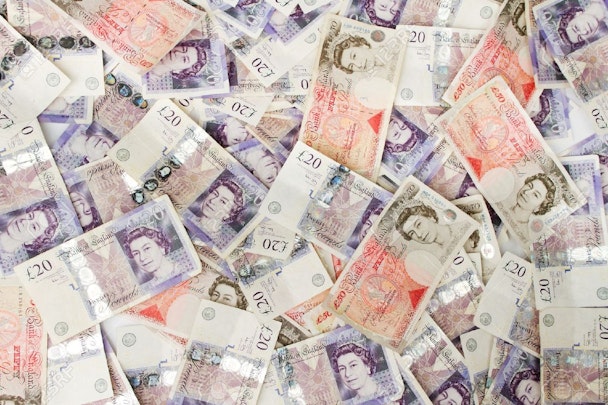Under the bonnet - how to pimp your brand’s value perceptions
What does value mean to you?

Customers want more bang for their buck
To most people it’s about balancing what you get for what you pay: a value exchange. But the kind of value placed on ‘what you get’ has evolved in recent years, as we found from our specially commissioned semiotic study with UK consumers.
Back in 2012 when our study began, the dominant narrative of 'value' was solely about low cost or price. It was the blue and white striped basics range from Tesco, not something most people wanted to admit to buying. Back then we were at the height of the recession and the consumer’s mindset was one of anxious survival. The pound shop empire was taking off. Value was transactional: to be found in cheap and functional products that got the job done.
In 2014/15, the mood had shifted to one of hopeful optimism. Some green shoots of economic recovery were beginning to appear and consumers’ austerity coping mechanisms had become the new normal. We saw the rise of everyday value in supermarkets and shopping at the discounters was starting to be acceptable, an example of austerity chic rather than seldom admitted to.
In recent times, value has taken on additional connotations driven by ethical worth and social value. Consumers are more confident and discerning, social consciousness is prevalent and the deeper significance of the brands and products we buy has become more important. Provenance is now an indicator of value: supermarket value ranges suddenly came from named farms. Consumers are empowered by technology, liberated to use their buying power to make a statement about themselves.
This evolution from transactional through everyday to social & ethical worth has changed the way we talk about the ‘what you get’ side of the value exchange at RAPP. Based on the study, we identified 5 new value levers:
Choice | Control | Community | Clarity | Convenience
Choice
Choice is actually about helping consumers navigate choice, using transparency and discovery
We employed choice in our recommendation engine for Christie’s auction house. Every lot that comes in is unique and the chances of finding what you want are infinitesimal. We devised an advanced tagging system that used machine learning, allowing people to save specific preferences. This meant we could alert them to lots they might be interested in. The improved online customer experience achieved a +£420m increase on hammer price.
Control
Control is about empowering consumers by removing restrictions.
An example of control was our proposed “broke break” for a leading fashion brand – a simple button to cut down or cut out comms for a short period of time, demonstrating an understanding of life pressures facing their audience and promoting responsible spending.
Community
Community is all about getting closer to the deeper meaning of a brand. At RAPP we create content that provides social currency for the superfans that subscribe to Virgin Media, particularly around sports and movies, for example tweeting a corgi’s eye view from the red carpet to mark the Netflix premiere of The Crown or crafting jokes for the football transfer window as news breaks on the day.
Clarity and Convenience
Clarity is self explanatory - being clear more than being clever, using well-timed and relevant comms in an approachable informal tone. Meanwhile, convenience is about reducing time and effort to drive decision making – why jump through hoops with one brand when another makes it so much easier? You could say that Amazon’s success is down to its ruthless focus on a convenient experience – and indeed convenience triumphs over pounds and pence for the millions of Amazon Prime customers accounting for over 40% of e-commerce sales in the UK.
It’s all about the value exchange
This isn’t a call to do away with product features and benefits, it’s about enhancing that value exchange: weighting “what you get” so that consumers can justify “what you pay”. It’s core to the kinds of positioning where a brand is “worth paying more for” but also at work in more stripped-back offerings: Ryanair puts its customers in control with its highly monetised offering - you know you’re paying for the basic A to B journey and that everything else is extra, so you can tailor how much to add to your bill by what is most important to you. Of course there are plenty of other airlines that include more for people who interpret value a different way!
Fundamentally you need an understanding of your customers’ attitudes to value when you start unpicking the value exchange. We’ve tested the 5Cs in a number of sectors when exploring the data value exchange. And we know they work, for example using control in the travel sector by offering “personalised travel itineraries based on your budgets and preferences” in exchange for that personal data - it drove an elevenfold increase in willingness to share.
Used well, the value levers can boost rational and emotional value perceptions beyond the features and benefits of the product or service, delivering what amounts to competitive advantage.
So next time you’re thinking about value, explore the 5Cs and see how they can lead you to a more persuasive value exchange.
Jen Musgreave, Planning Partner, RAPP UK
Content by The Drum Network member:

RAPP UK
Find out more
